30 Classic Novels Everyone Should Read at Least Once (original) (raw)
 RD.COM, VIA MERCHANT (9)
RD.COM, VIA MERCHANT (9)
Must-read classic novels
Storytelling has existed since the beginning of time, and through it all, humans have woven tales of love, hate, morality and culture. With the advent of book printing—historians point to first-millennium China as the origin of the first printed text—people have been able to not only read entertaining and moving tales but also revisit the best books again and again, rendering them classic novels.
So what exactly qualifies a work as classic literature? Broadly speaking, classic novels are groundbreaking for their era, have broad appeal beyond one community or country, and have withstood the test of time—their stories and messages remain relevant today. For our list, we chose classic novels written in the 20th century or earlier, and every book on this list is more than 25 years old. We combed through bestseller lists of old to dig up books that have been well-reviewed and acclaimed. But more important, we’ve rounded up books that broke ground, kept us thinking and even created new book genres.
Many of these novels have graced high school reading lists for generations, while others have been spotlighted and elevated in recent decades, particularly books about racism and those by female authors. All have earned a place among the best fiction books of all time. In an increasingly fast-moving, technology-centered world, with attention spans shrinking by the minute, we offer you this list of classic books to read in the hopes that you slow down, dive in and delight in the warm comfort a great book can bring.
Join the free Reader’s Digest Book Club for great reads, monthly discussions, author Q&As and a community of book lovers.
The Color Purple by Alice Walker
The Great Gatsby by F. Scott Fitzgerald
Wuthering Heights by Emily Brontë
The Remains of the Day by Kazuo Ishiguro
Mrs. Dalloway by Virginia Woolf
Wide Sargasso Sea by Jean Rhys
The Tale of Genji by Murasaki Shikibu
The Master and Margarita by Mikhail Bulgakov
Midnight’s Children by Salman Rushdie
Ulysses by James Joyce
The Secret History by Donna Tartt
Invisible Man by Ralph Ellison
Their Eyes Were Watching God by Zora Neale Hurston
One Hundred Years of Solitude by Gabriel García Márquez
Pride and Prejudice by Jane Austen
The Catcher in the Rye by J.D. Salinger
Frankenstein by Mary Shelley
Go Tell It on the Mountain by James Baldwin
The House of the Spirits by Isabel Allende
1984 by George Orwell
Beloved by Toni Morrison
Things Fall Apart by Chinua Achebe
The House on Mango Street by Sandra Cisneros
The Bell Jar by Sylvia Plath
To Kill a Mockingbird by Harper Lee
The God of Small Things by Arundhati Roy
The Joy Luck Club by Amy Tan
No-No Boy by John Okada
Anna Karenina by Leo Tolstoy
Little Women by Louisa May Alcott
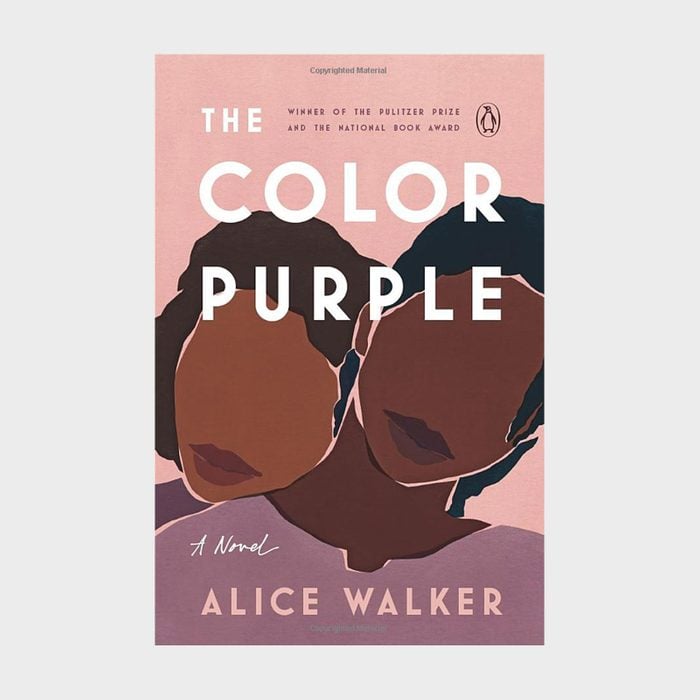 VIA MERCHANT
VIA MERCHANT
Publication date: 1982
Set in rural Georgia at the turn of the last century, Alice Walker’s epic novel weaves the heartbreaking and hopeful tale of Celie, an uneducated Black teen fighting for her dignity and freedom while leaning on the sisterhood of the women who surround her. The Color Purple bravely and honestly addresses issues like sexual abuse, domestic abuse and Black women’s struggles and resilience. The year after it was published, it won the Pulitzer Prize for fiction and the National Book Award. Three years later, the story was made into a movie directed by Steven Spielberg and starring Whoopi Goldberg and Oprah Winfrey, both of whom garnered Oscar nominations for their portrayals.
Looking for your next great book? Read four of today’s most compelling novels in the time it takes to read one with Fiction Favorites. And be sure to join the community!
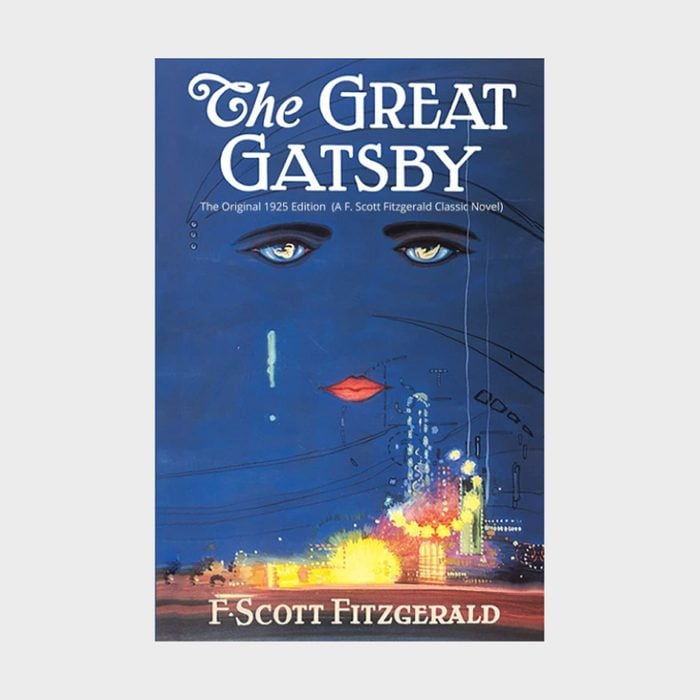 VIA MERCHANT
VIA MERCHANT
Publication date: 1925
Published a century ago, at the peak of the roaring twenties, the tragic story of the striving Jay Gatsby is still profoundly relevant in its exploration of class, society and the false promise that money can buy happiness. Gatsby’s misguided chase for his first love, Daisy, is a sad tale that spans the ages. At the time of its publication, The Great Gatsby was considered a commercial flop, but you’d be hard-pressed to find a high school curriculum today that didn’t include it as one of the greatest classic novels of all time.
 VIA MERCHANT
VIA MERCHANT
Publication date: 1847
Part Gothic horror, part psychological thriller, part romantic tragedy, Wuthering Heights is the only novel written by English author Emily Brontë, and yet it is widely considered to be one of those classic books everyone should read—both for its beautiful prose and its commentary on gender and social class. The novel follows the tragic antihero Heathcliff, who is brought to the moors of Yorkshire as an orphan and othered for his dark features and low social status. The forbidden love between Heathcliff and the wild and passionate Catherine spawns a multigenerational tale of obsession, death and revenge, as well as the famous quote, “Whatever our souls are made of, his and mine are the same.”
 VIA MERCHANT
VIA MERCHANT
Publication date: 1989
Written by Japanese British novelist Kazuo Ishiguro, The Remains of the Day won the prestigious 1989 Booker Prize. The novel is told from the perspective of an aging butler named Stevens, who dedicated his life to Darlington Hall. Stevens reflects on his beloved past employer, Lord Darlington—and the Nazi sympathizer parties that Lord Darlington hosted in the 1920s and 1930s—as well as the complex relationship Stevens had with the housekeeper, Miss Kenton. Through this unreliable narrator, Ishiguro gets at the heart of the English identity and how dignified restraint can come at the cost of morality and happiness.
 VIA MERCHANT
VIA MERCHANT
Publication date: 1925
Set on a single day in post-World War I London, Mrs. Dalloway follows not only the eponymous middle-aged socialite as she prepares to host a party but also a young veteran named Septimus, who grapples with severe post-traumatic stress disorder. Both characters are trapped in the past, with Mrs. Dalloway reminiscing on her past lovers and life choices, and Septimus hallucinating his friend Evan, who died in the war. The novel was revolutionary for Woolf’s use of stream-of-consciousness storytelling; although the story is told in the third person, we can see into the inner thoughts of each character.
 VIA MERCHANT
VIA MERCHANT
Publication date: 1966
One of the most controversial elements of Charlotte Brontë’s 1847 classic novel Jane Eyre was its racist depiction of Mr. Rochester’s first wife, a Creole heiress from the Caribbean whom he eventually moved to England, declared mad and kept locked up in his attic. Jean Rhys wrote Wide Sargasso Sea as the feminist and postcolonial response to the “madwoman in the attic” trope, telling the story from Antoinette Cosway’s necessary perspective instead. As educators increasingly make efforts to teach wider perspectives, Wide Sargasso Sea has become a classic text in its own right.
 VIA MERCHANT
VIA MERCHANT
Publication date: 1021
Considered to be the world’s first novel, The Tale of Genji was written in the early 11th century Heian period of Japan. The novel follows the life of Hikaru Genji, the second son of the emperor, as he navigates the complexities of court politics and his many love affairs. As a high-standing noblewoman, lady-in-waiting and renowned poet, Lady Murasaki was able to weave in her personal experiences and observations to depict Heian life, making this gorgeous novel a crucial historical document as well.
 VIA MERCHANT
VIA MERCHANT
Publication date: 1966
Mikhail Bulgakov originally wrote The Master and Margarita during Stalin’s regime in 1930s Russia, but due to censorship, the novel wasn’t published until the ’60s. A master class in satire, this hilarious novel depicts the devil arriving in Moscow and wreaking (mostly harmless) havoc on the stuffy literary elite with his crew, which includes a giant vodka-drinking, talking cat demon. Bulgakov wrote his own literary censorship challenges into the novel through the story of Master and his lover, Margarita, ultimately showing that free speech cannot be oppressed.
 VIA MERCHANT
VIA MERCHANT
Publication date: 1981
Winner of the 1981 Booker Prize and an overnight bestseller, Midnight’s Children imagines an India where children born at midnight on the day it becomes an independent nation have special powers. Salman Rushdie weaves real historical events with magical realism to create a brilliant allegory for postcolonial India and Indian national identity. It’s no wonder the novel has been awarded the Best of the Booker prize—twice, in 1993 and again in 2008.
 VIA MERCHANT
VIA MERCHANT
Publication date: 1922
As its name suggests, James Joyce’s novel is parallel in structure to Homer’s Greek epic poem Odyssey. Ulysses primarily follows Leopold Bloom as he walks across Dublin in a single day in 1904 and encounters all kinds of characters on his way home to his wife. Dense with meandering stream-of-consciousness narration, complex allusions and references to literature, Irish history, politics and religion, Ulysses is not an easy read. However, it remains one of the most important books by Irish authors and pieces of modernist literature of all time.
 VIA MERCHANT
VIA MERCHANT
Publication date: 1992
Donna Tartt’s 1992 novel, The Secret History, is the blueprint for dark academia books, having spawned countless imitations that attempt to replicate the sinister and strange that lurks in higher education. Set at a prestigious liberal arts college in Vermont, the novel follows scholarship student Richard as he falls deeper and deeper into a cultlike clique of trust-fund babies and the charismatic Ancient Greek professor they idolize. Come for the thrilling elements of obsession and murder; stay for the clever storytelling and stunning prose.
 VIA MERCHANT
VIA MERCHANT
Publication date: 1952
Ralph Ellison published only one book in his lifetime, but it garnered such acclaim that, over seven decades later, it’s still considered a defining work of American literature. Following a nameless Black man’s journey from the Deep South to New York City, Invisible Man tackles themes of racism, identity and truth. Ellison’s prose is rich and emotional—take this unforgettable quote from the book: “I am invisible, understand, simply because people refuse to see me. Like the bodiless heads you see sometimes in circus sideshows, it is as though I have been surrounded by mirrors of hard, distorting glass. When they approach me they see only my surroundings, themselves or figments of their imagination, indeed, everything and anything except me.”
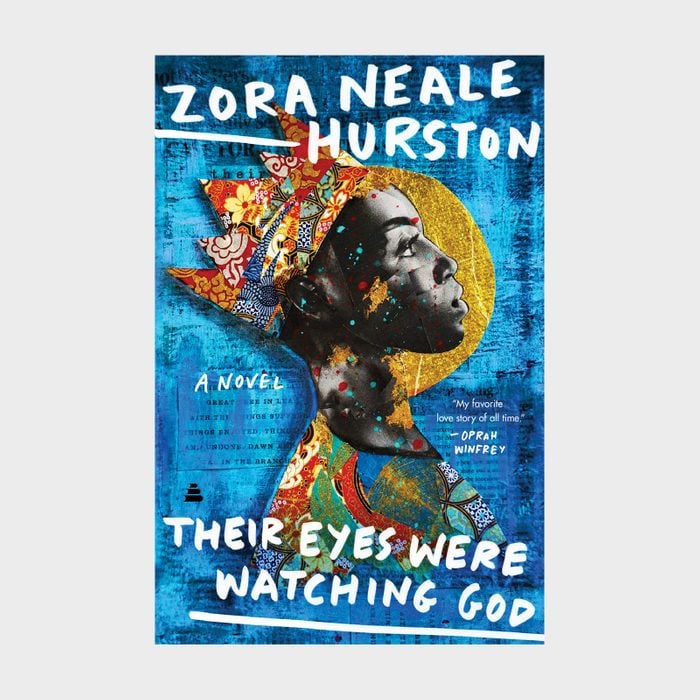 VIA MERCHANT
VIA MERCHANT
Publication date: 1937
“There is no book more important to me than this one,” said Alice Walker, herself the author of what many believe to be one of the most important pieces of literature in history. Written in 1937, Zora Neale Hurston’s Their Eyes Were Watching God centers on the life, loves and losses of Janie Crawford, a middle-aged woman who recounts her transformation from a blossoming teen to a self-possessed woman. The novel was way ahead of its time in the depiction of a strong Black female protagonist, and it had a great influence on on Black authors, female writers and literature as a whole.
 VIA MERCHANT
VIA MERCHANT
Publication date: 1967
This masterpiece from Colombian writer Gabriel García Márquez introduced the world to magical realism, a literary style marked by fantastical elements amid realistic fiction that’s become synonymous with Latin American authors. Regularly crowned one of the most important books in literature, One Hundred Years of Solitude spins a poignant and often humorous tale of the Buendía family that spans seven generations and 100 years in the fictional town of Macondo.
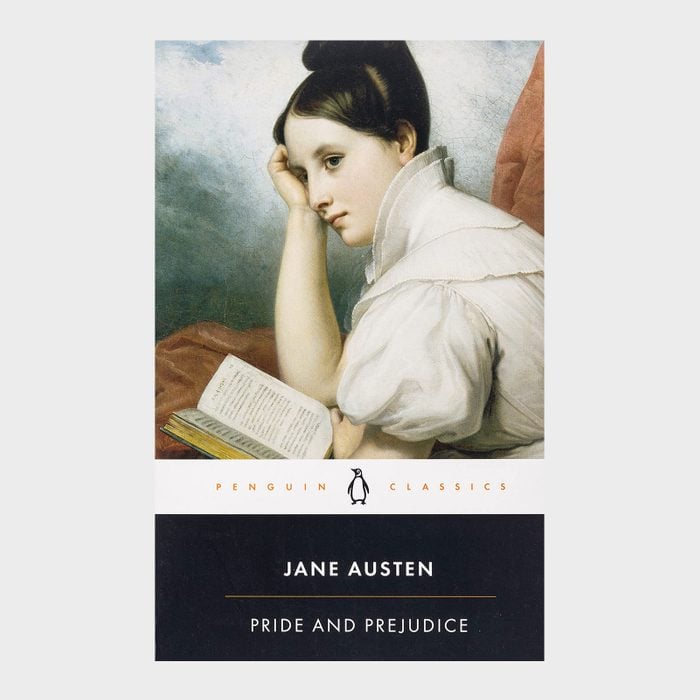 VIA MERCHANT
VIA MERCHANT
Publication date: 1813
The complicated love story between Elizabeth Bennet and Mr. Darcy is a classic that has been retold countless times in countless genres. Yep, both Bridget Jones’s Diary and Pride and Prejudice and Zombies are modern takes on the timeless tale. Jane Austen’s descriptions, dialogue and plot are as fresh and charming today as they were when Pride and Prejudice published in 1813. Literary scholars don’t just consider this one of the all-time best romance novels; they also consider it one of the best-loved and bestselling books of all time (and all genres).
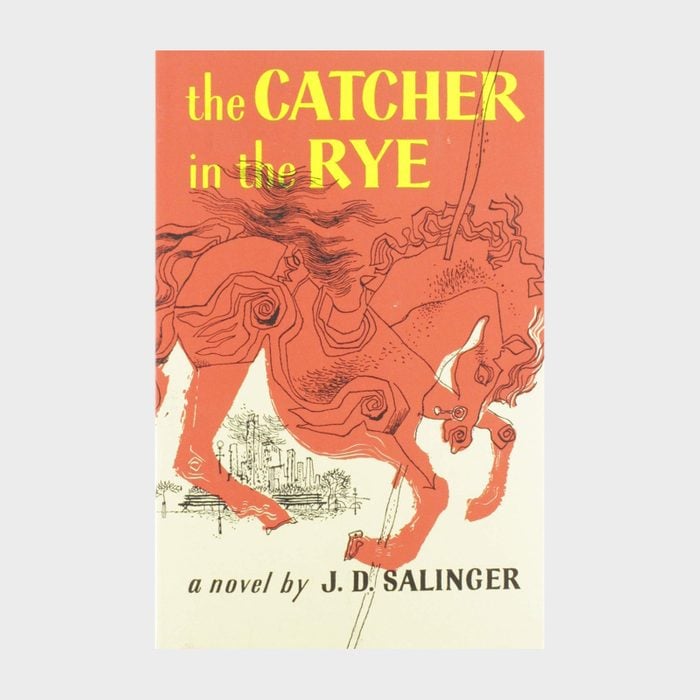 VIA MERCHANT
VIA MERCHANT
Publication date: 1951
Sarcastic, poetic and heartfelt, angsty protagonist Holden Caulfield is one of the most famous literary characters of all time. Written in 1951, Catcher in the Rye brilliantly captures the lonely teen experience of having to grow up and leave the tenderness and innocence of childhood behind. Though young adult fiction didn’t exist in its current form when J.D. Salinger wrote the novel, it’s considered one of the first teen books and consistently appears on high school reading lists.
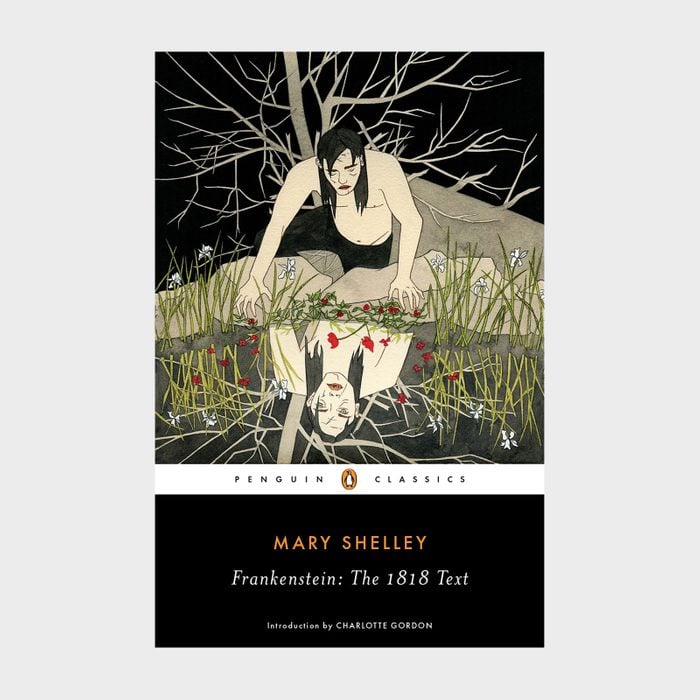 VIA MERCHANT
VIA MERCHANT
Publication date: 1818
Mary Shelley’s Gothic classic tells the tale of Victor Frankenstein and the monster he creates. Frankenstein is largely considered the very first science-fiction book ever written, and yet the themes of creation and responsibility have deep resonance today, as technology and science yield more possibilities and power than ever before.
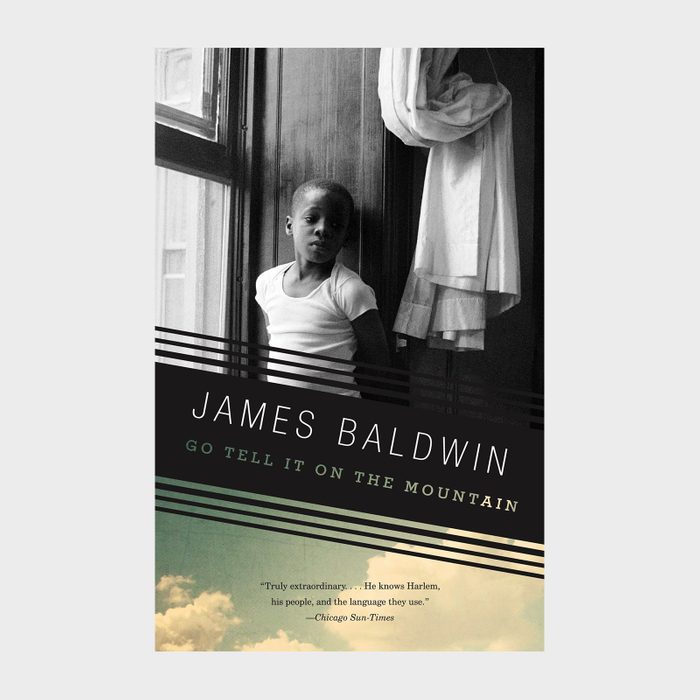 VIA MERCHANT
VIA MERCHANT
Publication date: 1953
James Baldwin’s coming-of-age tale about a queer 14-year-old and his religious family in Harlem deftly intertwines tales of race, sex, identity and spirituality in prose that is riveting and unforgettable. Go Tell It on the Mountain was a controversial book when it was written. But it’s an LGBTQ story worth reading again and again.
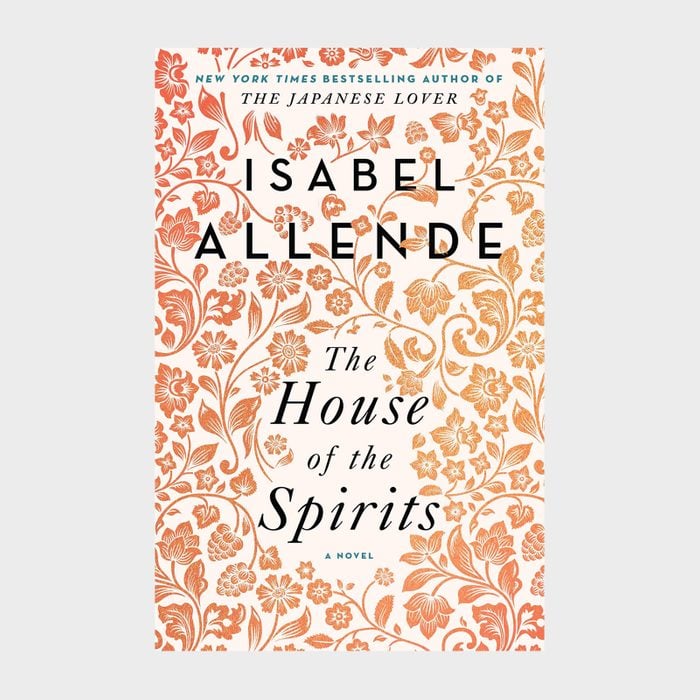 VIA MERCHANT
VIA MERCHANT
Publication date: 1982
The first adult novel from famed Chilean author Isabel Allende (the bestselling Spanish-language novelist of all time), The House of the Spirits revolves around the Trueba clan and three generations of women, including an enchanting matriarch, Clara, who communes with spirits. Themes of ancestors, feminism and class struggles are pervasive, as is magic—no surprise since this work of magical realism was influenced by Gabriel García Márquez’s One Hundred Years of Solitude.
 VIA MERCHANT
VIA MERCHANT
Publication date: 1949
One of the most influential books of the past 100 years, George Orwell’s dystopian novel about the dangers of authoritarianism has held up decade after decade. Introducing phrases like “thought police” and “Big Brother,” 1984 was eerily prescient. Indeed, it reads more like a work of modern fiction.
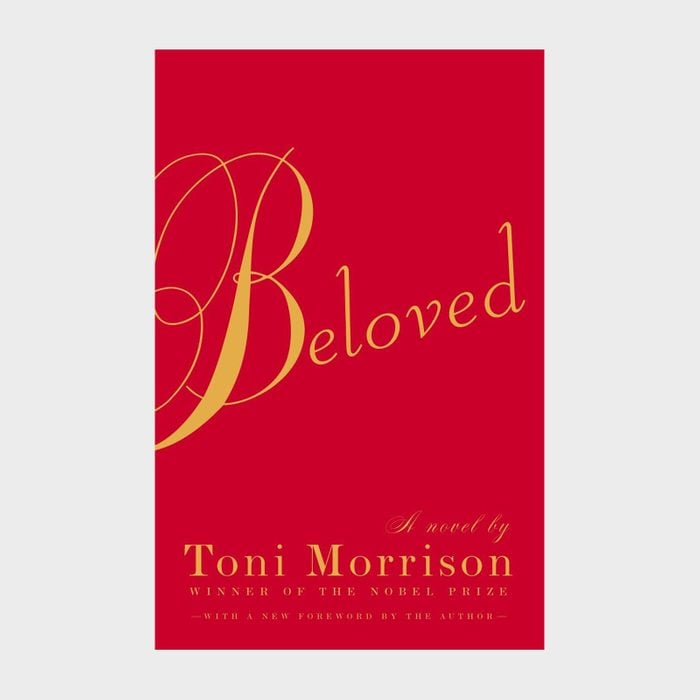 VIA MERCHANT
VIA MERCHANT
Publication date: 1987
The most popular of Toni Morrison’s phenomenal works, Beloved is an anguishing novel about a formerly enslaved woman named Sethe. It doesn’t shy away from heavy themes, like the pain of grief and the effects of intergenerational trauma. Sethe’s home is haunted by the poltergeist of her infant daughter, whose grave is marked with the word Beloved. Morrison won the Pulitzer Prize for this novel (which was made into a film starring Oprah Winfrey in 1998), and it quickly joined the ranks of other must-read classic books of the 20th century.
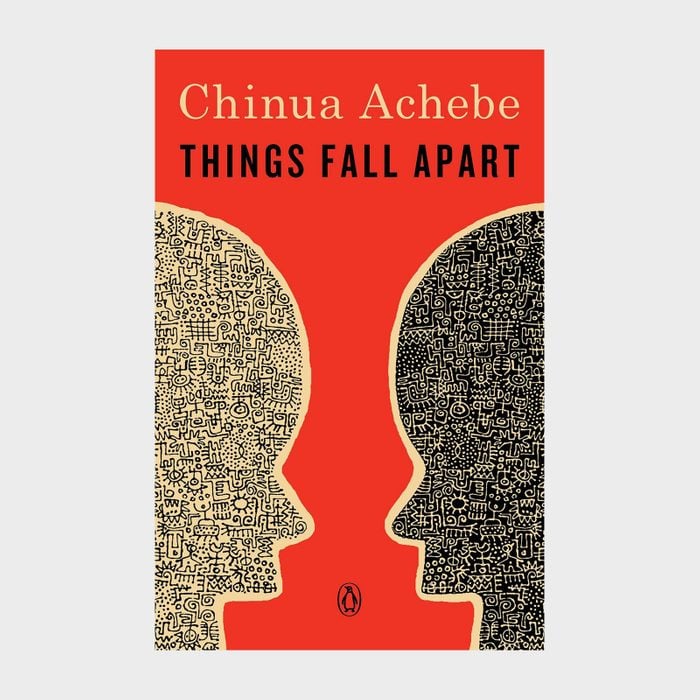 VIA MERCHANT
VIA MERCHANT
Publication date: 1958
Described by Barack Obama as a masterpiece, Things Fall Apart provides a lens through which readers get a glimpse of life in precolonial Nigeria. The first of three classic novels in Chinua Achebe’s acclaimed African Trilogy centers on Okonkwo, a fierce Igbo warrior who fights against (and despairs at) the loss of his culture as Europeans settle across the continent.
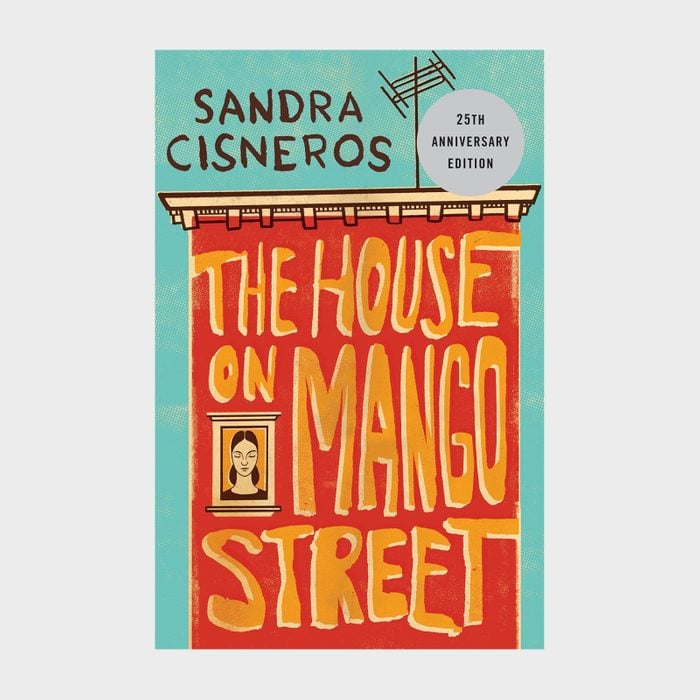 VIA MERCHANT
VIA MERCHANT
Publication date: 1983
“In English, my name means hope. In Spanish, it means too many letters. It means sadness, it means waiting.” So says 12-year-old Esperanza, whose life in Chicago is told over a series of vignettes that make up The House on Mango Street. This instant classic, which showcases the lives of Mexican Americans, is considered a seminal work for Latin Americans and beyond. The coming-of-age narrative is a smart pick for teens looking for books about diversity, but this is a classic that adults can (and should!) pick up too.
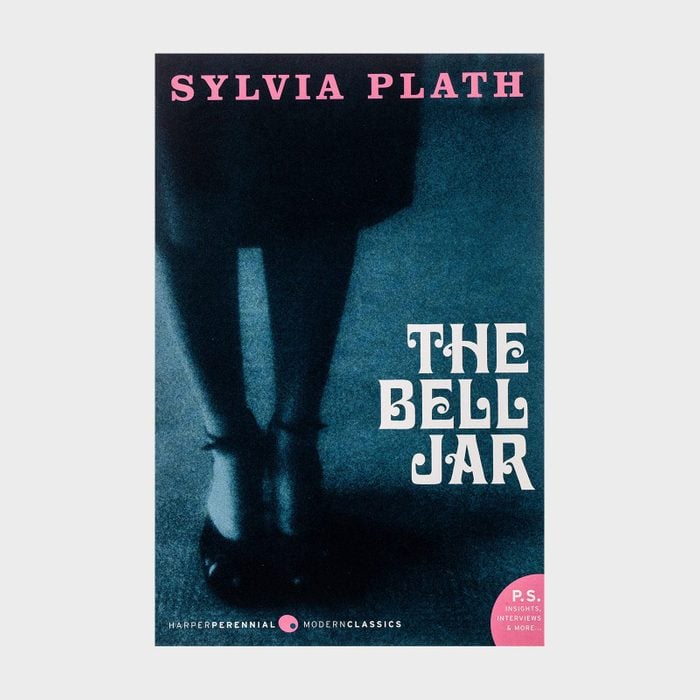 VIA MERCHANT
VIA MERCHANT
Publication date: 1963
Among these classic novels, The Bell Jar stands out as a realistic portrayal of mental illness. And for good reason: The 1963 novel is a semi-autobiographical tale written by an author who herself dealt with mental health issues. The titular bell jar is a metaphor for feeling suffocated and trapped, and it’s how college student Esther Greenwood feels as she struggles in the story to find joy and peace in post-college life. Though it’s a dark novel, the themes of depression and trauma are real and important, and they resonate more than ever today.
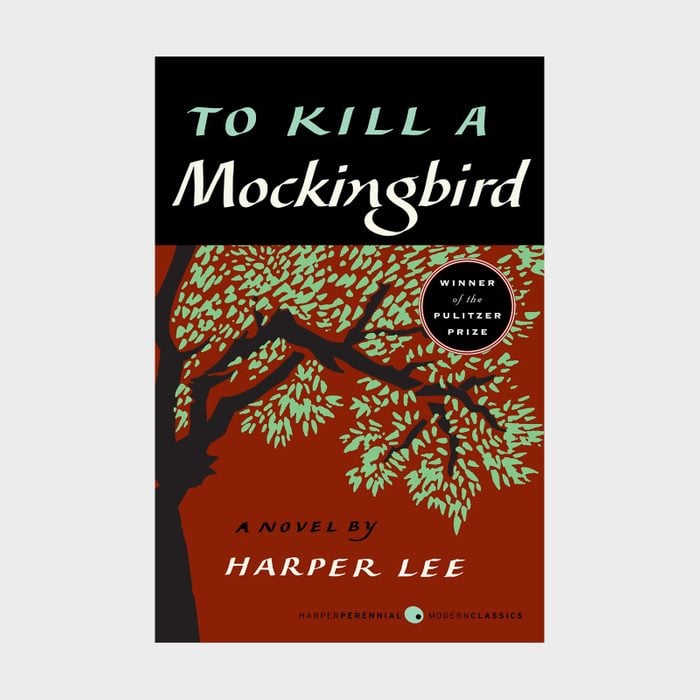 VIA MERCHANT
VIA MERCHANT
Publication date: 1960
Not only did To Kill a Mockingbird win the Pulitzer Prize, but it also was voted America’s favorite novel in a poll by PBS. Many a high schooler has read this coming-of-age story about young Scout, her lawyer father, the falsely accused Black man he’s defending and the pervasiveness of prejudice in America. While the book has long been applauded for its take on race relations and gender roles, modern readers point out that the story is told through the white lens of the Finch family, while the Black characters don’t have much voice or agency. Still, it is a powerful tale and worth a reread, especially with a modern eye.
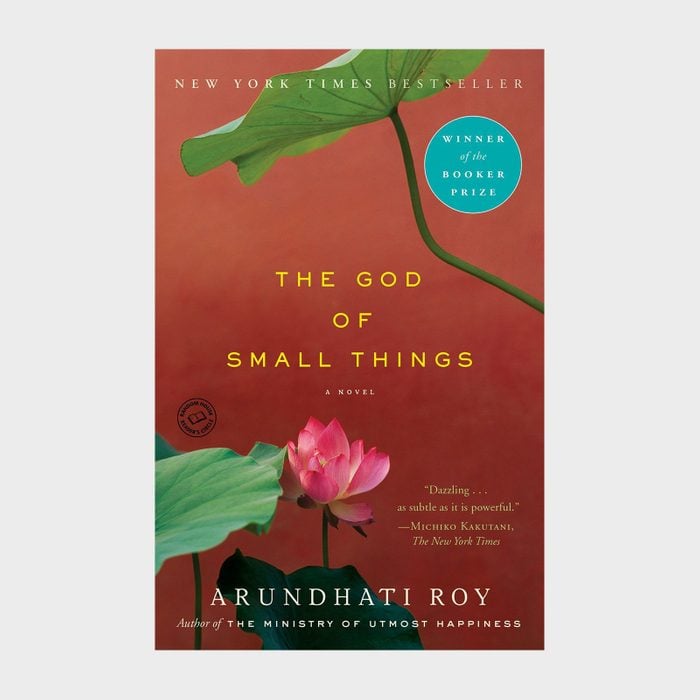 VIA MERCHANT
VIA MERCHANT
Publication date: 1997
Winner of the Booker Prize and a New York Times bestseller, The God of Small Things revolves around an Indian family in decline. From the beginning, the reader has a sense of foreboding, and Arundhati Roy’s language and rhythm reveal a heart-wrenching story readers won’t soon forget. Considered a modern classic, it’s as page-turning today as when it was adroitly written more than two decades ago.
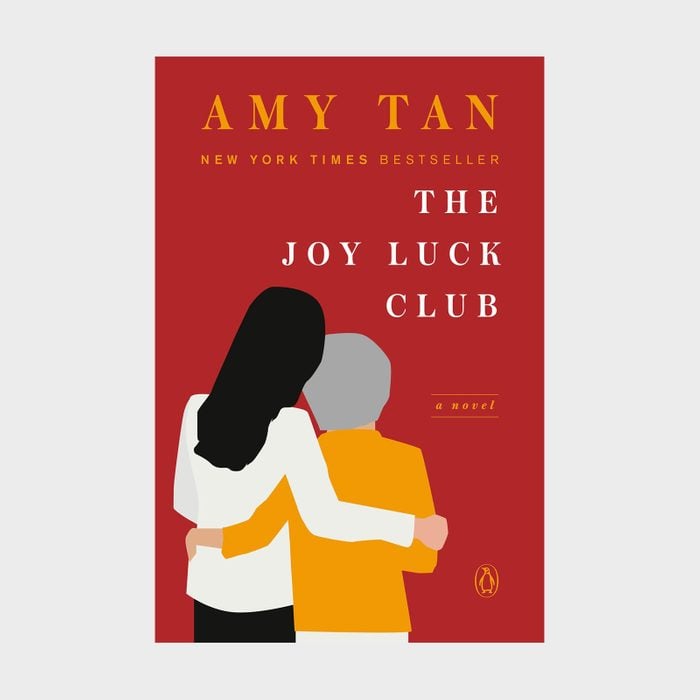 VIA MERCHANT
VIA MERCHANT
Publication date: 1989
This 1989 novel explores four Chinese American families who gather to play mah-jongg and eventually recount their pasts in China and struggles as immigrants in the United States. Heartwarming, heartbreaking and delightful to read, The Joy Luck Club is one of the classic novels that influenced a generation of Asian American creators, from comedian Margaret Cho to Crazy Rich Asians author Kevin Kwan, both of whom have said they felt seen in Amy Tan’s iconic work.
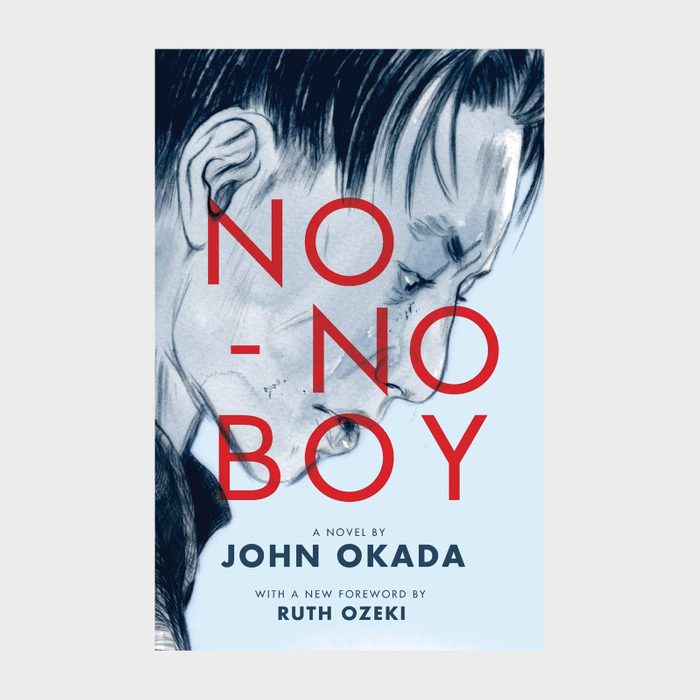 VIA MERCHANT
VIA MERCHANT
Publication date: 1957
“It is not enough to be only half an American and know that it is an empty half. I am not your son and I am not Japanese and I am not American,” writes John Okada in this powerful novel. Identity struggles lie at the heart of this story about a Japanese American man who spent time in an internment camp and refused to fight for the United States—earning him the label “no-no boy” and landing him in prison. Written in 1957 at the height of the Cold War and before Vietnam, the book was way ahead of its time in questioning one’s identity and loyalty to a country. Sixty-seven years after its publication, No-No Boy is widely recognized as a classic work of literature.
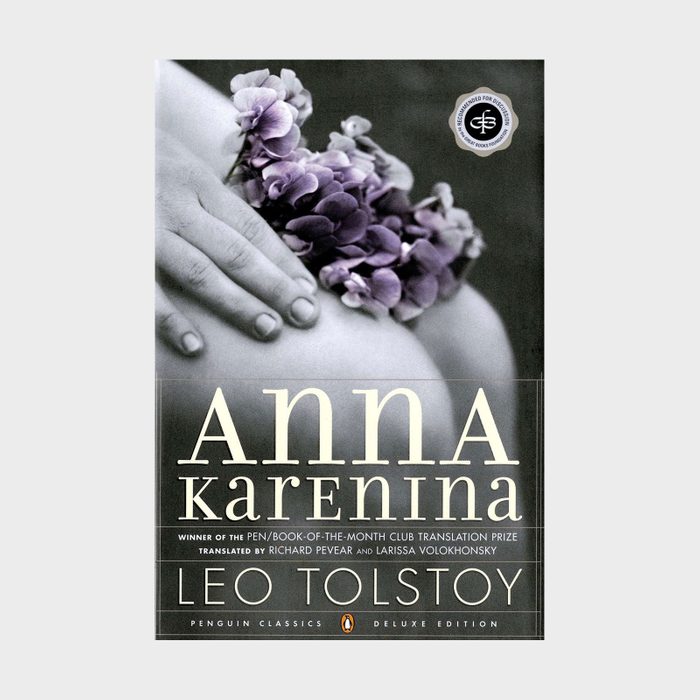 VIA MERCHANT
VIA MERCHANT
Publication date: 1878
Published in 1878 and considered by many—including acclaimed novelists Fyodor Dostoevsky and William Faulkner—to be one of the best classic books ever written, Anna Karenina unfolds the tempestuous love affair between a married woman and a dashing count, and the impact it has on the lives of their friends in Imperial Russia. Leo Tolstoy’s character development and emotional detail are masterful. At over 800 pages, this isn’t a short book. But it’s still worthy of your attention; we recommend taking your time to enjoy this classic.
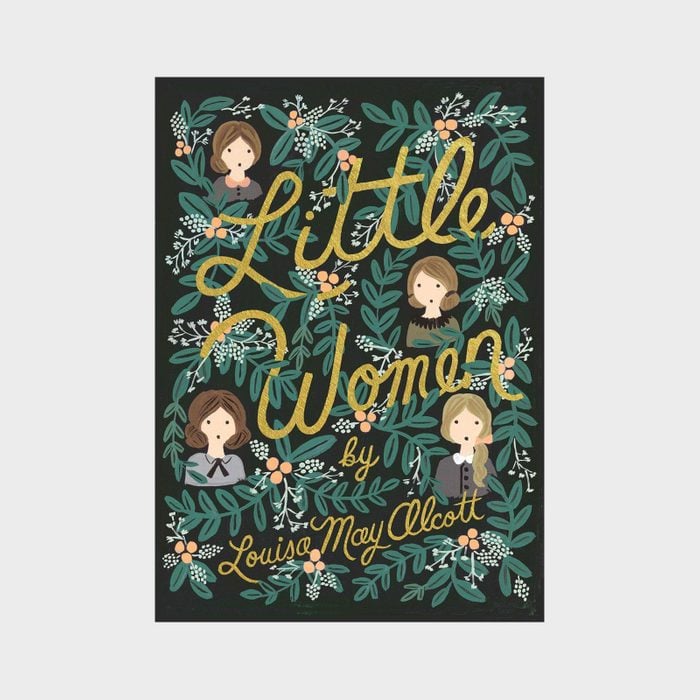 VIA MERCHANT
VIA MERCHANT
Publication date: 1868
The story of the March sisters is a true American classic and one of the most enduring classic books written by a female author. Set during the Civil War, Little Women remains a crowd favorite because of its portrayal of strong women and sisterly love. Its film adaptations (of which there have been many) have also become classics in their own right.
Get _Reader’s Digest_’s Read Up newsletter for more books, humor, travel, tech and fun facts all week long.
Why trust us
At Reader’s Digest, we’ve been sharing our favorite books for over 100 years. We’ve worked with bestselling authors including Susan Orlean, Janet Evanovich and Alex Haley, whose Pulitzer Prize–winning Roots grew out of a project funded by and originally published in the magazine. Through Fiction Favorites (formerly Select Editions and Condensed Books), Reader’s Digest has been publishing anthologies of abridged novels for decades. We’ve worked with some of the biggest names in fiction, including James Patterson, Ruth Ware, Kristin Hannah and more. The Reader’s Digest Book Club, helmed by Books Editor Tracey Neithercott, introduces readers to even more of today’s best fiction by upcoming, bestselling and award-winning authors. We verify all facts and data, back them with credible sourcing and revisit them over time to ensure they remain accurate and up to date. Read more about our team, our contributors and our editorial policies.
Sources:
- History: “Printing Press”
- The Pulitzer Prizes: “‘To Kill a Mockingbird’ Voted America’s Favorite Novel”